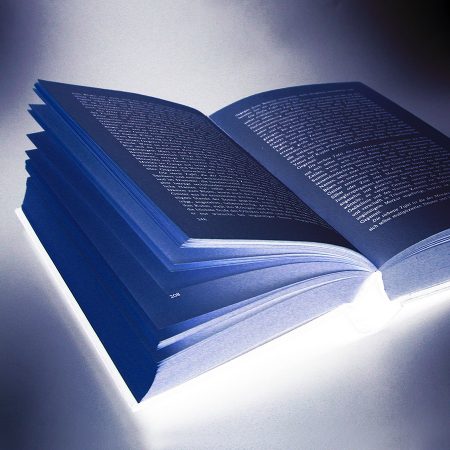The moonstone

Potassium, aluminium, silicon, oxygen and some other ingredients result in a mineral in a certain compound, which has received the name moonstone due to its whitish, shimmering glow. This stone has already been known in old cultures. The Romans viewed it as solidified rays of the Moon, the old Greek connected it to the moon goddess Selene.
Most of original moonstones are found in Sri Lanka (in the Indian Ocean, previously: Ceylon), but deposits also occur in India, Australia and other countries. Because of its hardness it is only conditionally suitable as gemstone, due to its sensitivity to pressure and it is also easily breakable, at the same time. However, there are still some pieces of jewellery like pendants, brooches and rings, in particular during the time of Art Nouveau (approx. 1920–1940) some fantastic creations were made, like for example this tiara by the French designer René Lalique (1860–1945).

The moonstone is assigned to the zodiacal sign of Cancer and therefore the month of June. Who attributes healing properties to gemstones, can find a connection to the feminine. Its significance as lucky charm for the desire to have children comes natural.
Further, the moonstone appears in Harry Potter. There, moonstone powder is added to the magic potion »Draught of Peace«.
All in all, it is a beautiful, soft appearing gemstone that is able to mesmerize us in the same way as the moonlight on a clear night in June.
![]()
(Photo ring: Ra’ike)

The moon – it shineth most every day,
whether we notice it or not,
it riseth over hill and bay,
it makes the tide advance and recede,
it even acts upon growth or rot,
thus it does have power and influence indeed
– but then, on closer inspection
it’s shine is a mere reflection